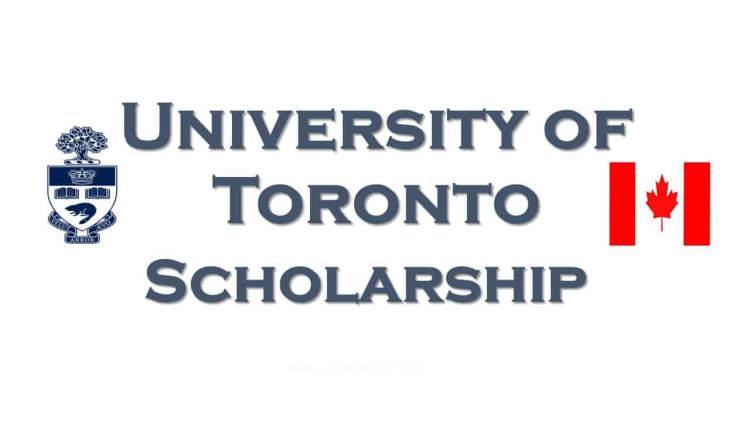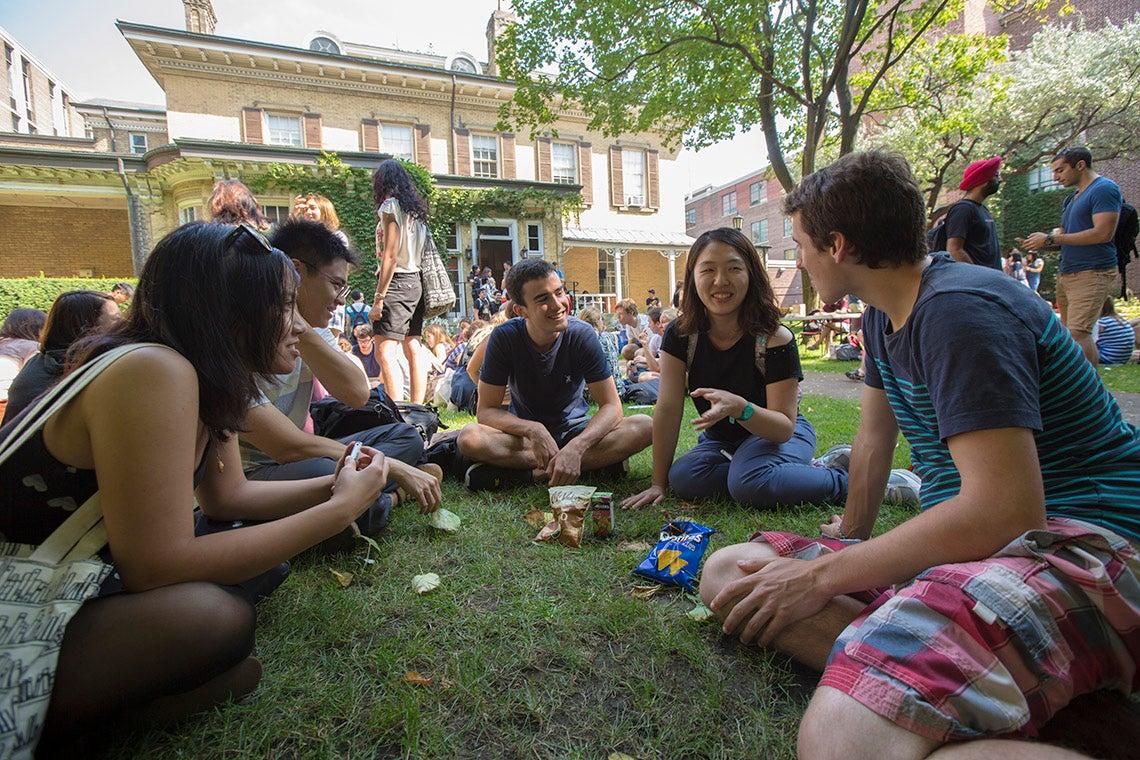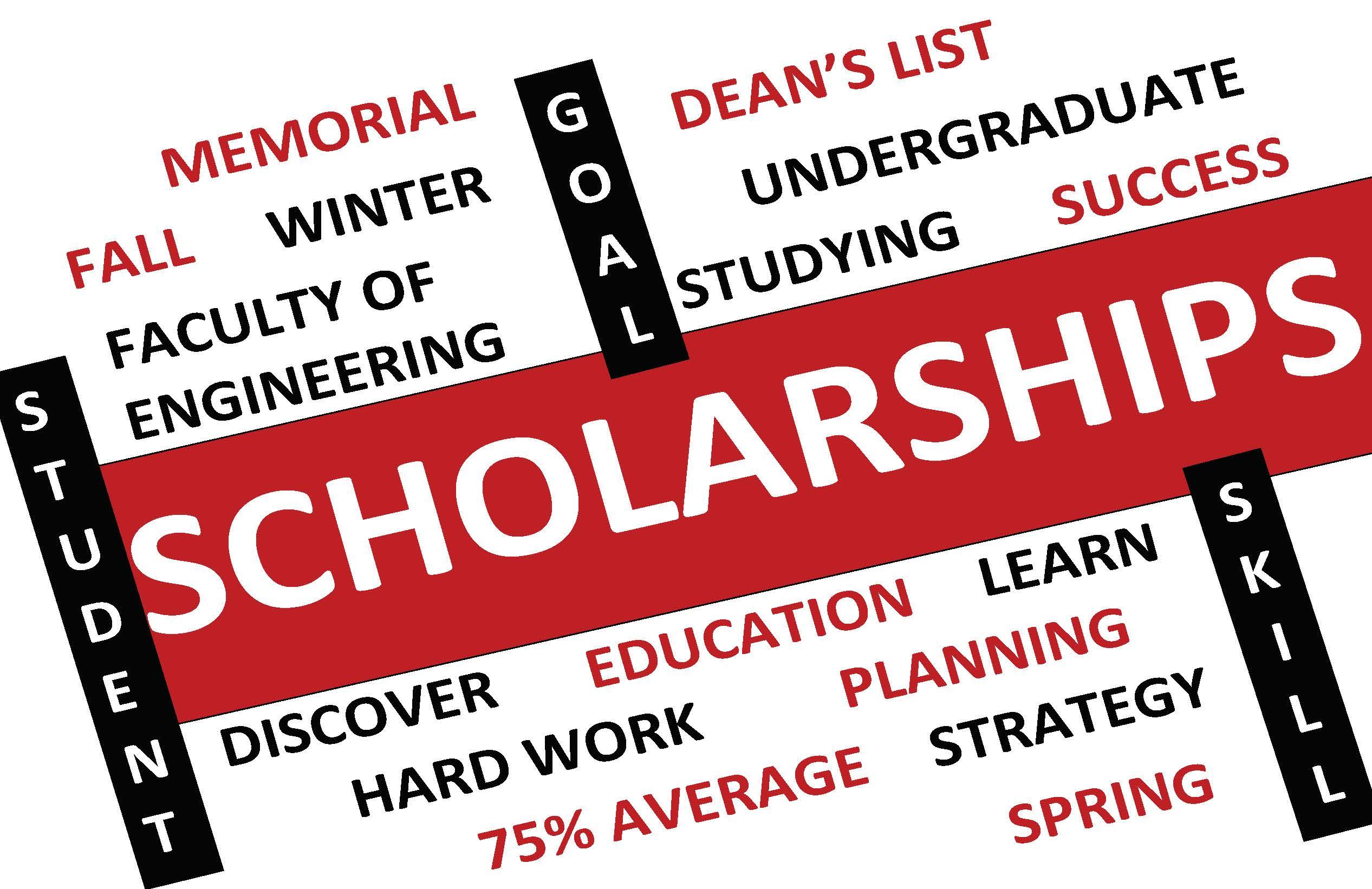For many students, the path to a Canadian education begins with a single question: how to make world-class learning attainable. At the University of Toronto-one of Canada’s most research-intensive institutions-that path often runs through a diverse landscape of scholarships designed for international applicants.
From flagship awards such as the Lester B. Pearson International Scholarship to faculty-based and admission scholarships, U of T offers funding that recognizes academic achievement, leadership, and potential, while in some cases also considering financial need. These opportunities span undergraduate programs and vary in scope, selection criteria, and application processes-some require a separate nomination or application, while others are granted automatically upon admission review.
This article introduces the key scholarship options available to international students at the University of Toronto, outlines who is eligible, and clarifies how and when to apply. Whether you’re exploring a single award or building a strategy that combines multiple funding sources, the goal is the same: to help you navigate the steps with clarity and confidence as you plan your studies in Toronto.
The scholarship landscape at the University of Toronto types values and program fit for international applicants
Scholarships at the University of Toronto span a spectrum from prestigious, fully funded awards to faculty- or campus-specific grants that recognize academic excellence, leadership, and community impact. International students can expect a mix of automatic entrance scholarships (assessed from your application), application-based awards that require essays or portfolios, and in-course scholarships after first year based on GPA and engagement. Flagship opportunities like U of T’s renowned, fully funded international scholarship recognize outstanding academics and exceptional leadership, while many programs at St. George, Scarborough, and Mississauga also offer targeted awards that align with specific disciplines. You’ll also find resources such as research grants, fellowships, and limited bursaries designed to reduce unmet need. To navigate this landscape effectively, think in categories and stack multiple sources:
- Fully funded, high-impact awards: competitive, leadership-driven, often nomination-based and renewable for the degree.
- Merit-based entrance scholarships: automatic and application-required options; some renewable with a minimum GPA.
- Faculty/campus and college/residence awards: tied to program strengths or communities within U of T.
- In-course and research funding: recognition after first year, plus lab placements, RA/TA roles, and project grants (especially at the graduate level).
- External and country-specific funding: government scholarships, foundations, and donor-backed awards you can combine with U of T funding.
Maximizing your chances means aligning your profile with the selection logic of each award and the fit of your program. For undergraduates, strengthen evidence of sustained leadership, academic rigor, and community impact; if a scholarship requires a school nomination, secure it early and complete your U of T application by the recommended deadlines. For coursework- and research-based graduate programs, emphasize supervisor alignment, research potential, publications or portfolios, and relevant experience. In all cases, craft a coherent funding plan and submit polished materials well ahead of peak deadlines:
- Map eligibility: confirm citizenship and program restrictions; note whether awards are automatic or require a separate application.
- Prioritize flagship and fit-first awards: shortlist opportunities that match your discipline, leadership profile, and campus choice.
- Show measurable impact: quantify outcomes (awards, initiatives, publications, competitions) to differentiate your application.
- Build a referee strategy: choose recommenders who can speak to academic excellence and leadership with precise examples.
- Stack funding strategically: combine entrance awards with faculty grants, research roles, and external scholarships to cover tuition and living costs.
- Plan logistics: align scholarship decisions with visa timelines, English proficiency requirements, and deposit dates to avoid bottlenecks.

Eligibility and selection criteria explained GPA language proficiency extracurricular impact and references
Eligibility starts with academics: selectors at the University of Toronto look for sustained excellence, not just a one‑off strong semester. A competitive profile usually shows an A- average (roughly 3.7/4.0 or 85%+) in senior‑level courses, plus evidence of rigor-think IB Higher Level subjects, A‑Levels, AP, or advanced curricula with top grades. Your program fit matters: meet specific prerequisites for your intended major and apply as a full‑time international student with a valid study permit pathway. For English proficiency, admissions commonly require IELTS Academic 6.5+ (no band below 6.0) or TOEFL iBT ~100 (22+ in Writing); some faculties set higher scores. Waivers may apply if you studied in English for several years, but always verify your faculty’s page because standards can vary by program and year.
- GPA & rigor: A consistent A- or higher with challenging coursework is more persuasive than a perfect score in easier classes.
- Prerequisites: Meet subject requirements for your chosen faculty (e.g., Calculus for Engineering/Commerce; senior Chemistry/Biology for Life Sciences).
- Language proof: Submit valid test results early; aim to exceed the minimums to stay competitive in selective programs.
- Status & load: International, full‑time enrollment is expected for most scholarships; some awards stipulate first‑entry undergraduates.
- Deadlines & nomination: Flag awards that require school nomination (e.g., from a counselor/principal) and line this up well before the university’s application cut‑offs.
Selection goes beyond grades: U of T scholarships reward impact, leadership, and character. Curate your extracurriculars to show depth over breadth-long‑term commitment, measurable results, and community benefit. Highlight roles where you initiated change, built teams, or created solutions across cultures. For references, choose referees who know your work closely (a teacher and an activity supervisor is a strong combination) and equip them with a one‑page brief: your goals, key achievements, and the scholarship you’re targeting. Authentic, example‑rich letters that verify your contributions and growth can be decisive, especially when paired with a clear, reflective personal statement.
- Leadership & impact: Show outcomes (e.g., “raised $12,000,” “built an app used by 500 students,” “co‑authored a poster at XYZ conference”).
- Initiative: Founding clubs, launching social ventures, or scaling community projects signals drive and problem‑solving.
- Consistency: 2-3 years in a few meaningful activities beats a last‑minute list; demonstrate progression to senior roles.
- Global & community engagement: Cross‑cultural projects, volunteering, and real-world impact align with U of T’s international outlook.
- References that resonate: Pick writers who can compare you to top peers and cite specific evidence; give them deadlines, bullet points, and your CV.
- Polished narrative: Use your statement to connect academics, service, and goals-why U of T, why your program, and how you’ll contribute on campus.

How to apply effectively timelines required documents statement tips and referee management
Plan your application like a project with clear milestones. Start early: map intake dates, build a calendar, and lock in standardized tests and referee commitments before you open the application. For undergraduates, you’ll apply via the OUAC and then complete University of Toronto (U of T) portals; for graduate studies, use the School of Graduate Studies (SGS) application and program-specific pages. Scholarship cycles may run parallel to admissions-flag major awards such as the Lester B. Pearson International Scholarship and U of T International Scholar Awards, then reverse-engineer your timeline so every document is ready before the earliest deadline. Use consistent naming for files, convert to PDF, and keep a single source-of-truth folder to avoid version mix-ups when the scholarship committee reviews your materials across multiple systems.
- 12-15 months out: Shortlist programs, confirm eligibility, and list all scholarship and admission deadlines (earliest date wins).
- 9-11 months out: Book IELTS/TOEFL/DET or equivalent; schedule subject tests if required; draft your personal statement.
- 6-8 months out: Request transcripts and certified translations; line up referees; prepare a targeted CV/resume and portfolio (if applicable).
- 3-5 months out: Submit the OUAC/SGS applications; complete U of T scholarship forms; upload proof of English proficiency and financial documents if requested.
- Last 4-6 weeks: Verify uploads, pay fees, track references, and resolve portal checklists; keep an eye on email for follow-ups.
Assemble a polished, scholarship-ready package that proves fit, impact, and readiness for study in Canada. Your statement should connect your academic record to clear goals at U of T, show leadership and community contribution, and quantify outcomes (awards, rankings, publications, projects). Referees should echo the same narrative with concrete examples. Keep every element consistent: the achievements in your CV should match what referees highlight and what you emphasize in your personal statement.
- Required documents: Valid passport bio page; official transcripts with grading scale; certified translations; English proficiency (IELTS/TOEFL/DET); CV/resume; personal statement/statement of purpose; writing sample or portfolio (if required); research proposal for research-based programs; proof of awards; and financial documents if requested.
- Statement tips: Lead with a defining achievement; link your interests to specific U of T labs, instructors, or courses; quantify impact; avoid clichés; show growth and resilience; keep to word limits; proofread for clarity and tone.
- Referee management: Choose referees who taught or supervised you recently; brief them with your CV, draft statement, and bullet-pointed wins; provide exact deadlines and submission links; send polite reminders 10 and 3 days before due dates; ensure institutional emails when possible; waive the right to view letters to boost credibility.
- Quality control: Use consistent filenames (Surname_UofT_Program_Document.pdf), verify PDF legibility and page counts, and double-check portal checklists before submitting.

Making the most of your award renewability maintaining standing budgeting in Toronto and supplemental funding options
- Academic advising and degree planning to balance workload and avoid late withdrawals.
- Writing centres, math/statistics aids, and study skills to boost performance before grades slip.
- Mental health and accessibility services for learning accommodations and wellness support.
- Compliance basics: maintain valid study permit, meet full‑time criteria, and follow current IRCC work‑hour limits during academic sessions.
- Professional communication: submit renewal documents on time (transcripts, progress reports, donor thank‑you letters) and keep copies.
- Housing: compare on‑campus residences, college houses, and shared rentals; use U of T Off‑Campus Housing resources and beware of scams (never wire funds before viewing).
- Transit: get a PRESTO card with post‑secondary fare; combine TTC with walking/biking; cluster classes to cut commute days.
- Textbooks/tech: borrow from libraries and course reserves, buy used, share with classmates, or use open textbooks and software discounts.
- Food: right‑size meal plans, cook in batches, shop cultural grocers and markets; tap student food bank and campus community kitchens if needed.
- Health: understand UHIP and your student dental/vision plan; note opt‑out deadlines if you have comparable coverage.
- Seasonal needs: budget for winter clothing; check swaps, thrift stores, and student discounts.
To supplement funding, layer institutional and external sources aligned to your program and profile:
- U of T options: International Student Bursary, in‑course and college/faculty awards via Award Explorer, emergency grants/short‑term loans, and the Work Study Program (on‑campus, research‑aligned roles).
- Graduate streams: teaching/research assistantships, departmental fellowships, conference/travel funds; consider OGS (limited quota for internationals) and Vanier CGS (highly competitive).
- External scholarships: home‑country government funding, philanthropic foundations, and international schemes (e.g., Commonwealth, Mitacs research programs) that partner with Canadian universities.
- Employment: on‑campus jobs that fit your class schedule; always comply with study‑permit conditions and current IRCC work policies.
The Conclusion
Whether you’re drawn by world-class labs, vast libraries, or Toronto’s global energy, scholarships can be the hinge that opens the door. As you close this guide, open your calendar: shortlist programs, confirm eligibility, note deadlines, and assemble transcripts, references, language scores, and financial documents. Check the official U of T awards pages and faculty sites, clarify whether awards are automatic or require separate applications, and reach out to admissions or awards offices when details are unclear. Plan for timelines beyond funding-visas, housing, and orientation-and consider how scholarships might pair with external awards or on-campus work.
No single scholarship defines the journey, but taken together, the possibilities can make study at the University of Toronto attainable. If the fit is right, take the next step with clear information, careful timing, and a plan that aligns with your goals.


